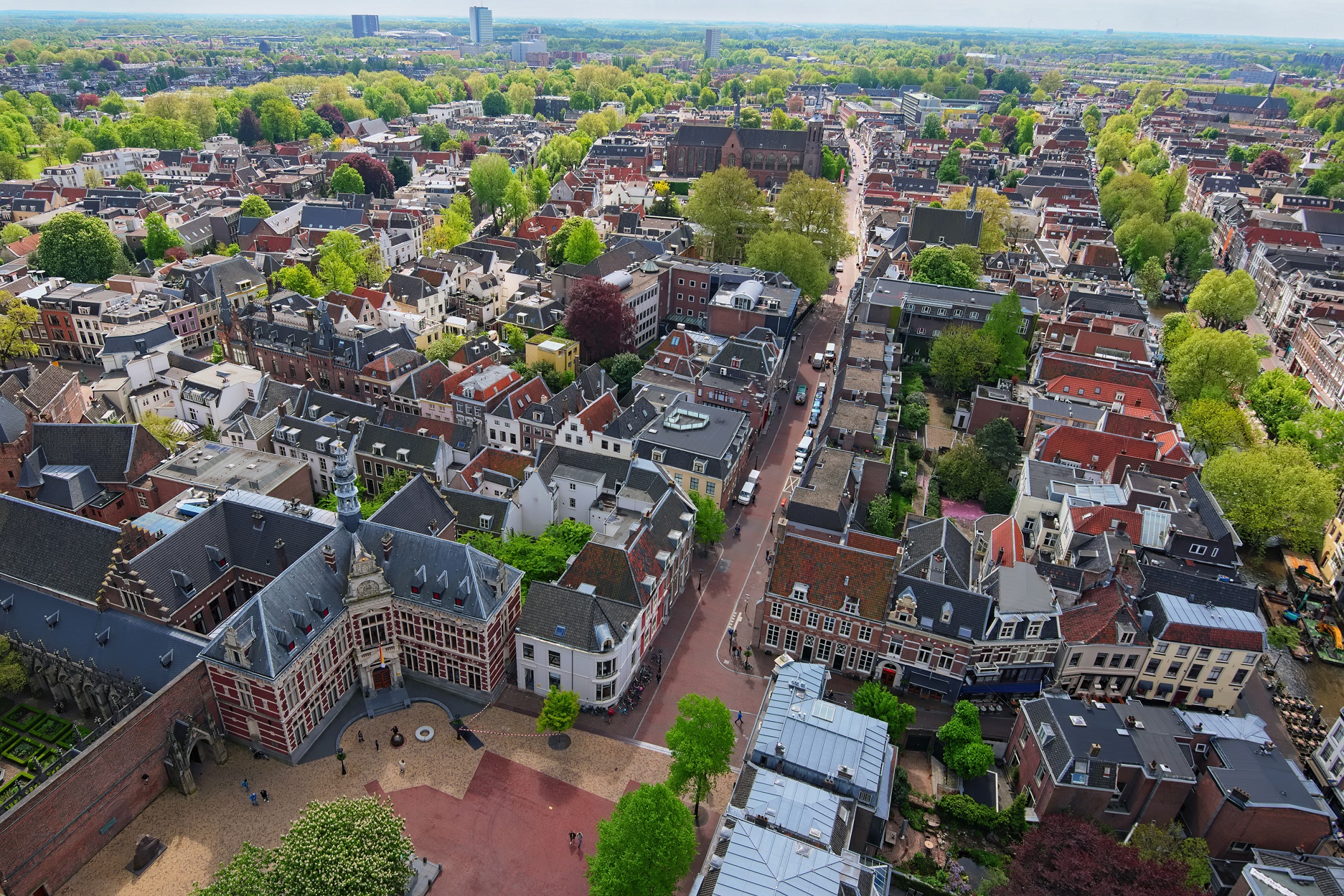
These and other questions prompted the municipality of Utrecht to set up the Mobility Data System in collaboration with InTraffic and KPN. This system is an important component of the Utrecht municipality’s smart mobility idea and came about as a result of design thinking.
The Mobility Research Department of the municipality of Utrecht collects a huge amount of data. Traffic lights, detection loops, cameras, sensors: the city provides a wealth of information when it comes to traffic. The perfect Internet of Things, you would think. But it’s not easy to make sense out of all that data, says Martijn van Aartrijk, senior business consultant at InTraffic. " After all, that data originates from a variety of sources. Dozens of parties supply data, and in different formats. However, the degree to which standardisation is used in this world is still very low. It's a huge job to unlock the data centrally and structure it in such a way that you can use algorithms in order to gain insight. "
Algorithms and dashboards for mobility issues
InTraffic and KPN have a lot of experience in this field and they complement each other perfectly. InTraffic specialises in answering mobility questions using data. KPN has developed a robust infrastructure for data sharing: the Data Services Hub (DSH). This is a platform that centrally unlocks real-time data from many different sources.
"In order to resolve mobility issues, InTraffic’s team has built a solution that makes use of KPN’s Data Services Hub: the Multimodal Analytics (M2A) platform. This is an environment that allows us to convert data from sources known to us into an integrated data model, allowing us to merge different sources and enabling them to interact with each other. Our M2A platform also includes standard algorithms and dashboards for mobility issues. We are constantly expanding this environment in order to resolve more and more Smart City mobility issues using M2A."
- Martijn van Aartrijk, senior business consultant at InTraffic.
Mesh infrastructure for data sharing
Data-governance, for instance the proper organization of privacy, plays an important role in such Smart City issues. And this is precisely one of DSH's strengths. "The platform allows you to specify who has permission to use which data," says Bob Beelen, partner manager at KPN. "DSH uses the mesh data principle: the data stays in the source. This is different from a solution such as a datalake, we don’t make a copy of it; we only arrange that another party may use certain data made accessible via the DSH. As the owner of the source data, you can decide who can do what with which data. This is an excellent method for organising data governance. Moreover, it is very easy to create secure links between mobility data and other systems, for instance the systems that monitor urban safety."
Highly scalable
The M2A smart mobility platform was built on the foundation of DSH, and is extremely scalable. It allows you to access an unlimited number of data sources, theoretically this could include all Dutch municipalities and all parties that collect data for those municipalities in one way or another.

Design thinking
This scalable platform was used to create a customised solution for the municipality of Utrecht: the Mobility Data System (MDS). The first version was delivered in September. "What is unique about the cooperation with the Utrecht municipality is that they did not ask for a ready-made product, but were looking for partners to help them develop a smart mobility environment in the long term," says Martijn. "We approach this through design thinking: there is no defined end goal, we just know that we want to travel the road together and to learn as much as possible during that route."
Facing challenges together
At the same time, the three parties are gaining a wealth of experience. Martijn can name dozens of challenges the team ran into. "For example, does a sensor or loop always measure what you think it measures? You can expect different behaviour from a loop in an industrial area than in a Vinex neighbourhood. You certainly have to take these factors into account. Just looking at the raw data is insufficient."
Moreover, you can’t assume that all data are reliable. Martijn: "The MDS allows us to quickly find out which data is unreliable, what causes it, and whether we can do an automatic interpretation step that allows us to still work with that data."
Another challenge is that an IoT device such as a camera, sensor or detection loop always measures only one aspect. "You can combine data from multiple IoT devices, but even then you don't have an overall picture. Because things also happen that you can’t measure. So you will always have to interpret data," says Martijn. He sums it up with: "If you want to keep control over mobility, you absolutely have to have data that you can control."
Enormous complexity
The challenges with regard to mobility data in the city of Utrecht were even more complex than initially thought. Gaining insight into this complexity is something that fits in well with the design thinking approach. Martijn: "Together with KPN we know very well what challenges you will be facing. And while Utrecht also has a lot of experience in smart mobility, we were all still surprised by the complexity in a city like Utrecht. We used the design thinking approach to channelise this complexity. This was possible because we don’t deliver a dashboard or another ready-made data product, but a platform that can deal with a wide range of data issues. "A platform that is currently only suitable for mobility issues, but may in future be combined with other Smart City issues.
Watch the Multimodal Analytics (M2A) animation here
The animation is only available in Dutch.
